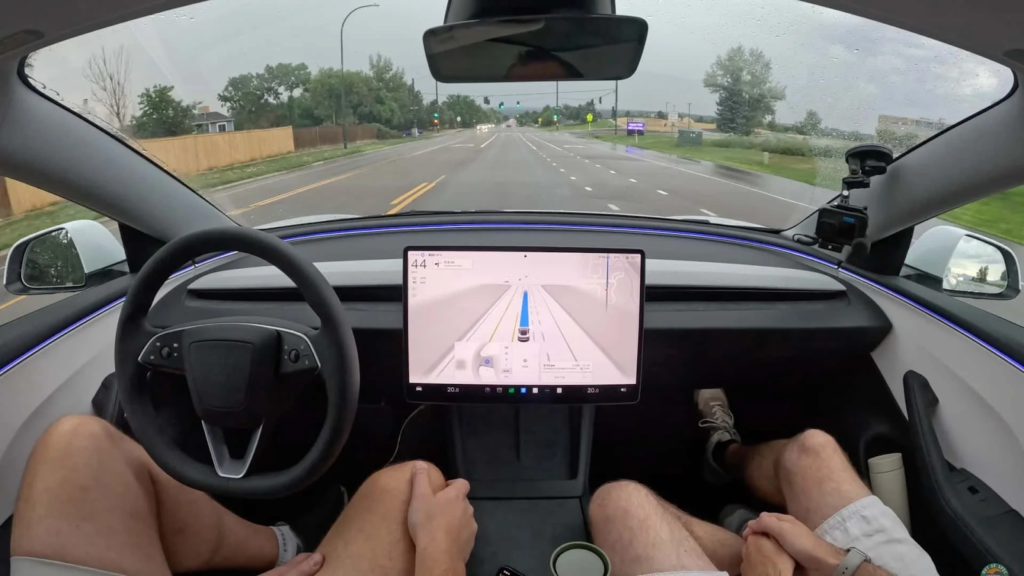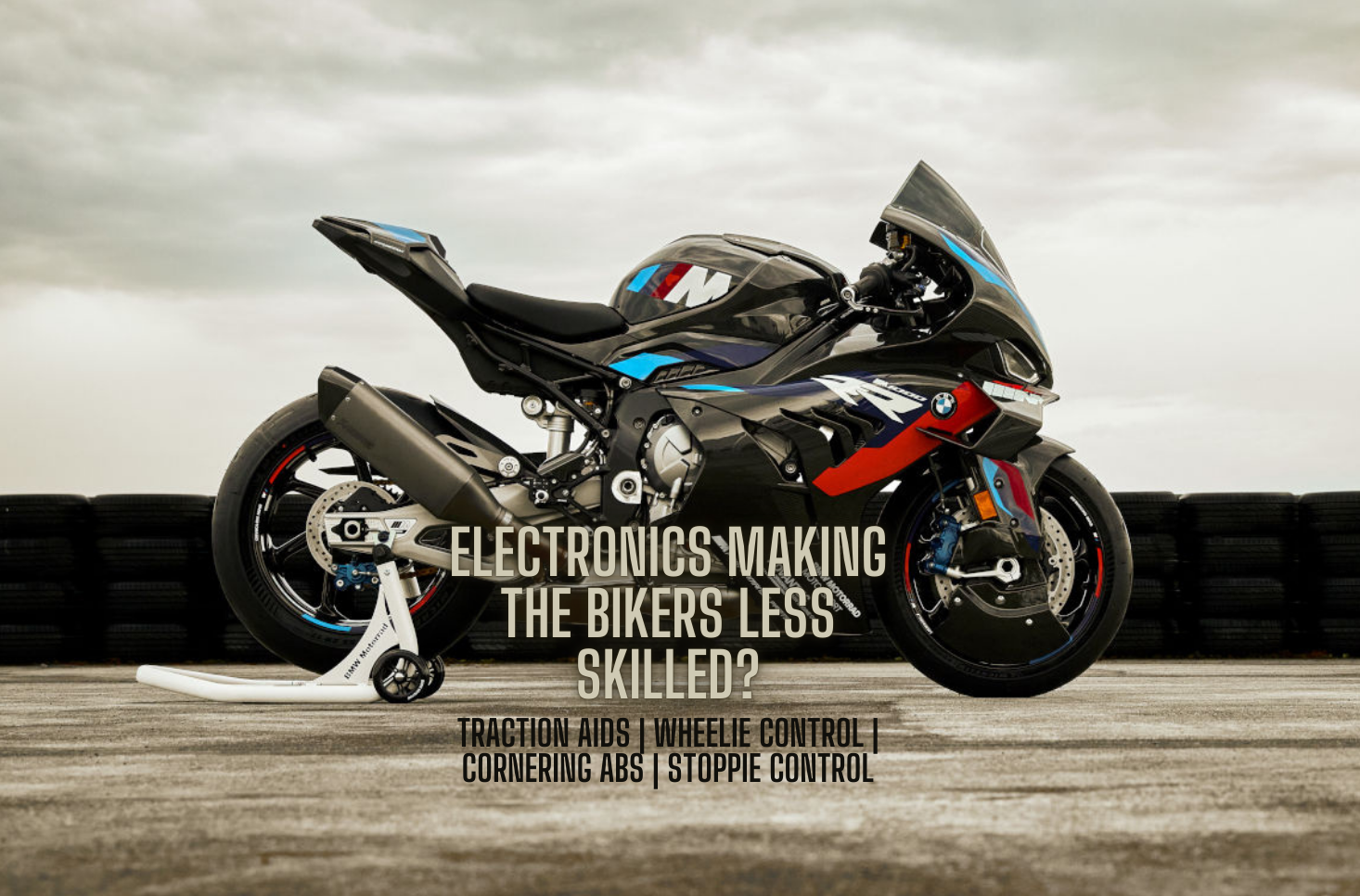The debate started because of the introduction of autopilot systems in cars that partially or completely automate driving and argues over the very desirability and impact of these systems. Proponents of these systems champion it as a revolutionary stride to safety enhancement by reducing accidents caused by human errors and offering convenience hitherto unparalleled. On the other hand, opponents think that the systems essentially solve a problem that drivers did not seek. They may even squelch the very excitement about driving by removing skill and dexterity. There are several controversial questions like, reliability of automatic systems, the balance between human control and machine intervention, cultural attitudes toward driving, and whether the technology prioritizes genuine user needs or simply ingenious innovation goals of corporations.
Why was Autopilot introduced?
Almost more than 90% of road accidents occurring all around the world are consequently due to human errors. The Autopilot features in cars, hence, aim at reducing human inputs during driving. Some semi-autonomous systems use sensors, cameras, and AI to manage steering, lane-keeping, and adaptive cruise functions, like Tesla’s Autopilot or General Motors’ Super Cruise. The technology promises to reduce traffic fatalities, improve fuel consumption, and reduce stressful commutes. Such promises are always touted by advocates as major stepping stones to fully autonomous vehicles, which would transform the entire transportation system by eliminating humans from the driving loop.
Some Drivers find it a little much, other people yet question the potential utility of an autopilot for their lives: indeed, autonomy and control, historically, have never been associated with and endowed with driving. Many people drive not because it is something to be done but rather as a pastime, activity, or diversion and leave much space between human control and machine technology, the self-driving will take away that entire experience.
Some studies have shown evidence that consumers appreciate safety features, however, they are also found to be wary of ever giving an entire machine their driving control due to their reliability concerns and rarely trusting artificial intelligence to make appropriate decisions for their own safety. Even in their current semi-autonomous state, such technologies considerably push the cost of vehicles and therefore, for all practical purposes, price them out of most buyers except those in the upper-income categories.

Safety
Autopilot technologies fitted into cars are touted as significant milestones in enhancing safety on the roads, while on the other hand, they pose grave dangers. Although the system practically performs the bulk of the driving, the paradox lies in the fact that the actions of the human driver must still be attuned with it. While they are expected to stay alert and ready to assume control at a moment’s notice, the presence of such devices may very well lead to what is called as “automation complacency.”
Automation complacency occurs when an excess of trust is given to technology, thus decreasing vigilance in following the driving activity. It is not out of the ordinary that one can find cases wherein the driver allegedly does such things as watching movie shows while positioned behind the wheels of a semi-autonomous system, such as with Tesla’s Autopilot.
The autopilot systems perform quite impressively under steady conditions, but they may fail to act appropriately when the situation becomes complicated or predictably unexpected. For example: bad weather, construction zones, and emergencies that suddenly arise in the flow of traffic. These scenarios definitely call for a driver. However, sudden engagement of a driver to operate a vehicle might lead to delayed errors when required to react immediately and this negates all the safety-benefit property that the system could provide. Several accidents involving semi-autonomous vehicles highlight the consequences of ignorance and misuse of this technology.
Despite promising a much better experience in street usage, limitations of autopilot characteristics, along with difficult problems keeping the driver attached to the task, have serious issues in capturing them for many applications, thus, limiting their effectiveness.
Conclusion
The autopilot embedded in cars is probably one of the greatest coveted adventurous inventions as it produces divergent reactions from different quarters. Some hail it as the dawn for a day when engines would be prototypes of safety and efficiency, minimizing accidents arising from human error and making driving more convenient. Other hindrances to acceptance also include ethical dilemmas such as who is accountable in case of an accident and dependence on algorithms that are not infallible. The success of the autopilot will, therefore, rely on its capacity to find solutions to such concerns, gain the public trust, and present a practical benefit beyond the shiny tiara of technological advancement.
NEXT: 10 Motorcycle tools that will make the maintainence easier than ever















90's Honda had an incredible rev range, why they stopped?
[…] NEXT: Autopilot in cars, do we need it? […]